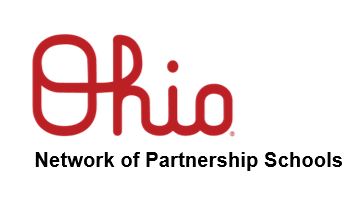
District Leadership Plan Template (Fillable PDF)
District Leadership Plan Template (Word version)
CD Contents from NNPS Handbook for Action (Corwin Publisher Website)
Visit the National Network of Partnership Schools website to view “Why NNPS” handouts that describe the importance of this systematic approach to family engagement in education.
1. Who should the district and school leads be?
The district lead should be someone with a district-wide position with a) time, and b) the ability to be a good coach for the school leaders. There are many different roles that could successfully fill this role such as a federal programs leader, a curriculum director, special education director, student support services coordinator, school counseling coordinator, assistant superintendent, and others.
The school lead can be the school’s principal, although principals tend to be very busy and often don’t have enough time to devote to managing an Action Team for Partnerships and keeping track of implementation of partnership activities and data/evaluation as well. So, we recommend that the school lead be someone else at the school level with time and ability to manage the weekly/monthly activities of the Action Team for Partnerships.
2. Should I continually be recruiting new districts and schools?
Yes, please let us know of your plans, and ensure you budget enough staff time for coaching, but we love to see each region expanding the Partnership Schools approach to new districts.